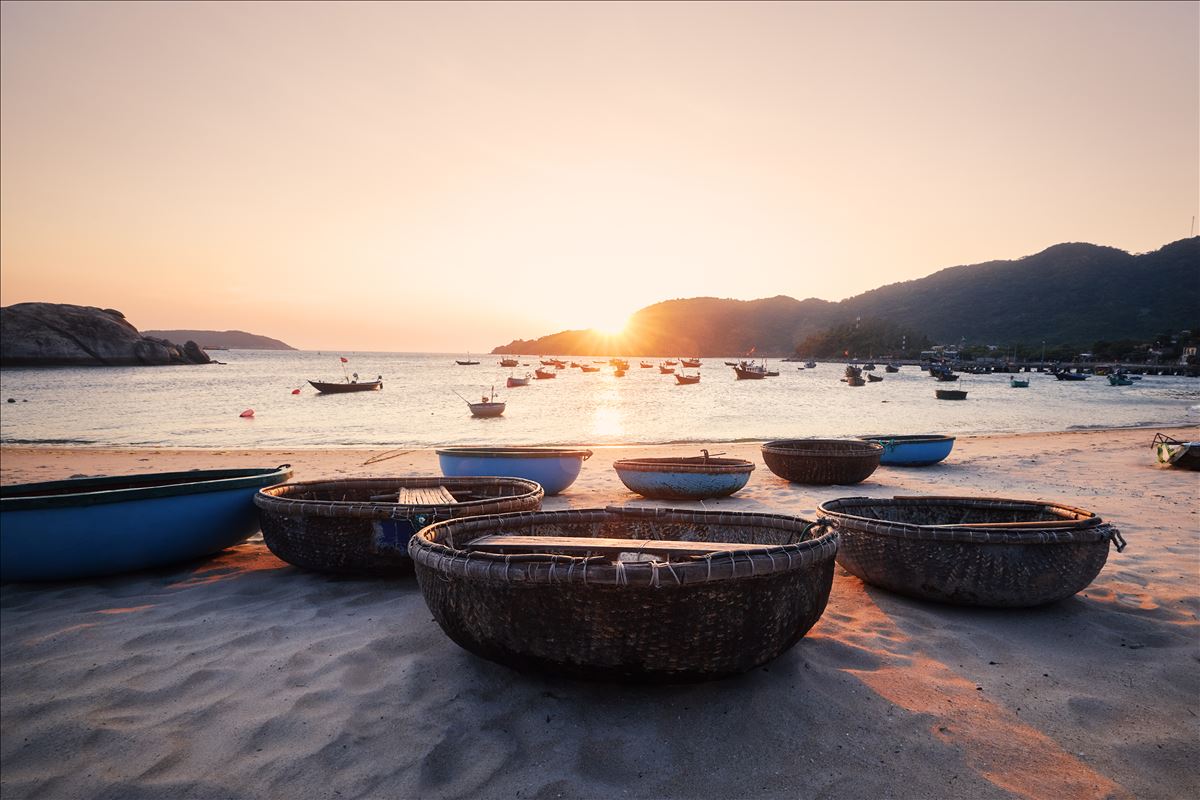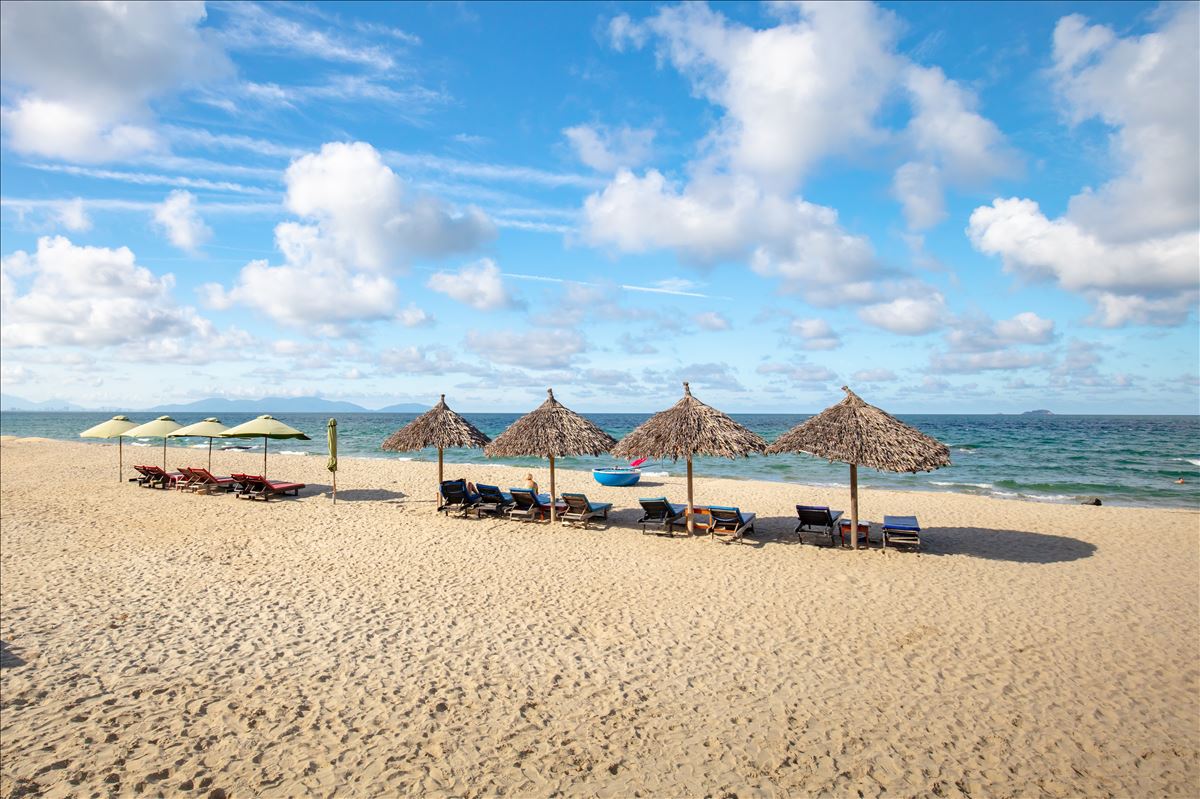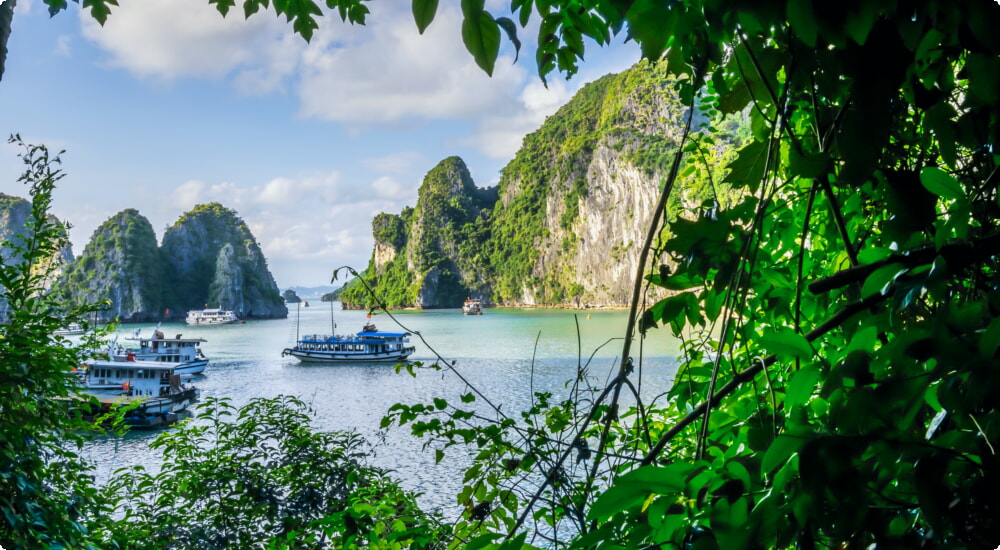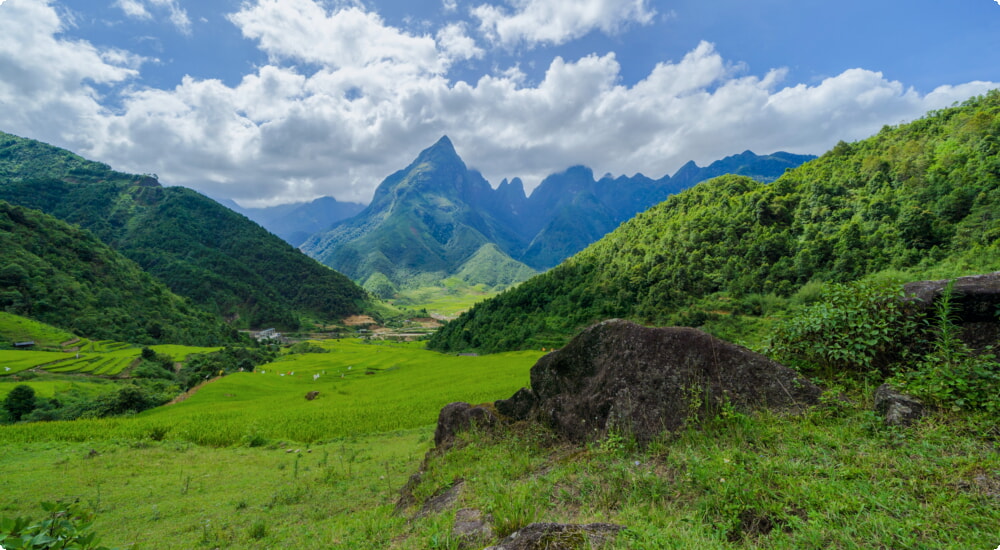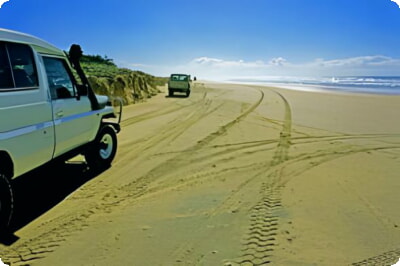Perched à In the far north of Vietnam, Ha Giang is a province that often flies under the radar of typical travelers. This territory, delimited by by mountains to breathtaking views and deep valleys, is a world to explore. part where nature and culture collide in a spectacular way. For those looking to exploring Ha Giang, Ha Giang, Vietnam, offers a unique gateway to unforgettable experiences, guided by knowledge and hospitality local. Ha Giang is not just a travel destination; it is an invitation to an adventure where every turn offers a new wonder.
Geographic overview of Ha Giang
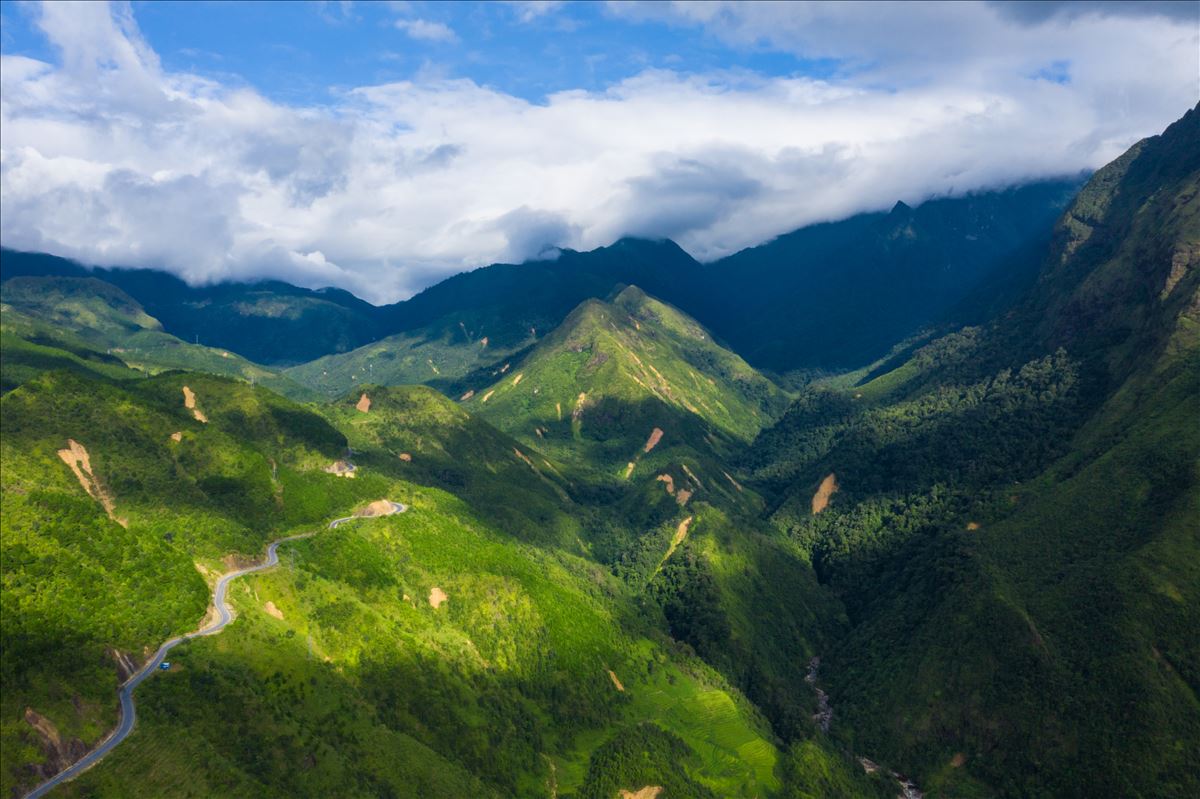
The province of Ha Giang is located in the northern border of Vietnam, sharing its limit with China. It is famous for its karst landscapes, which are among the most impressive in Southeast Asia. The terrain is predominantly mountainous, with peaks that seem to defy the laws of gravity. and hidden valleys waiting to be explored.
Historical significance of Ha Giang
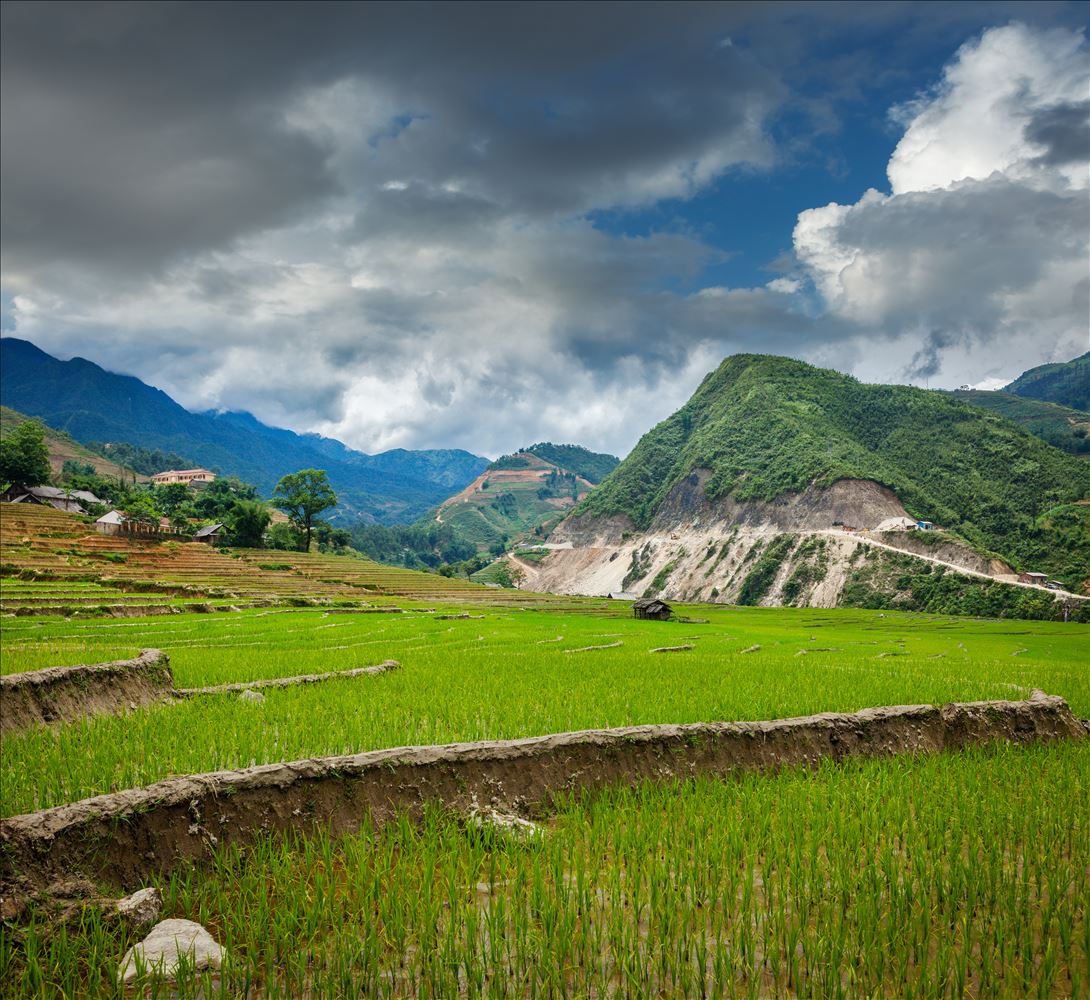
Ha Giang is more than a spectacle of nature; It is a living history book that tells the stories of the peoples and cultures that thrived there. à through the ages. Since prehistoric times, this region has been inhabited. a crossroads of civilizations, as evidenced by the numerous archaeological sites scattered throughout its mountains. Later, it became a scene of major historical events, particularly during periods of resistance against foreign invasions. The presence of fortresses, watchtowers and ancient paths testify to its strategic importance. Ha Giang is not only a place of beauty; natural, but also a silent witness to the resilience and cultural richness of Vietnam.
Excursions
Exploration of the karst plateau of Dong Van
The karst plateau of Dong Van, recognized as a Global Geopark by UNESCO, is one of the jewels of Ha Giang. This extraordinary landscape is characterized by with its imposing rock formations, deep canyons and mysterious caves, forming a unique ecosystem in the world. The plateau not only offers panoramic views; breathtaking but also serves as a backdrop to captivating stories of local life. While exploring this geopark, you can expect:
- Discover fossils dating back millions of years, testifying to major geological changes in the earth.
- Visit traditional hilltop villages;s on the mountains, where cultures and customs have been preserved at the same time through the centuries.
- Explore caves and caverns, offering a glimpse into the fascinating underground world of Ha Giang.
The karst plateau of Dong Van is not just a natural wonder; it is an adventure waiting to be experienced, a place where Every turn in the road reveals ancient stories and ever-changing landscapes. infinity. For those who aspire to adventure, Ha Giang is a destination that promises endless discoveries.
It is by embarking on the winding roads of Ha Giang that we begin to discover; understand the magnitude of its natural and cultural splendor. The province, with its karst landscapes, rice terraces and tribal communities, bears witness to the beauty of the region. unaltered landscape of rural Vietnam. Continuing to Discover Ha Giang, we will delve into the details of the terraced rice fields, the agricultural heritage of the region, explore the cultural heritage in Ha Giang. through ethnic tribes and take up the challenge of its adventurous routes.
The Splendor of the Rice Terraces
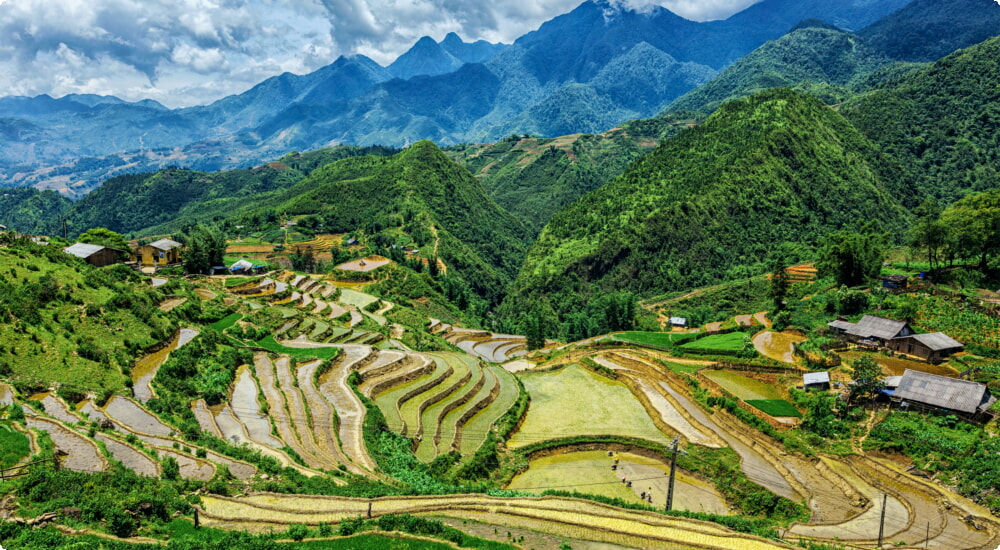
One of the iconic images of Vietnam is that of its rice terraces, and Ha Giang offers some of the finest examples of these agricultural landscapes. The work of generations has sculpted the hills into true works of art. The area around Hoang Su Phi is particularly known for its expansive rice terraces, offering sweeping views. breathtaking, especially at sunrise or sunset when the colors of the sky are reflected on the stagnant water of the rice fields.
- Best time to visit: September and October, during the harvest season, when the rice fields shine with a golden hue. dazzling.
- Get your camera ready to capture the stunning beauty of this place. terraces, bathed in the golden light of the morning or tinged with red at dusk.
Cultural Heritage and Ethnic Tribes of Ha Giang
Ha Giang is not only rich in its natural landscapes but also in its diverse culture and ethnic tribes. With more than 17 ethnic groups, including the H'mong, the Tay, the Dao, and the Nung, the region is a living multicultural fabric. These communities maintain their ancestral traditions, languages, and ways of life, offering visitors an authentic glimpse of their rich culture.
- Festivals: Ensure You can coincide your visit with one of the many traditional festivals, such as the Plum Blossom Festival or Tet de lune (Lunar New Year), for an immersive cultural experience.
- Ethnic Markets:Visit local markets like Dong Van, where you can buy local products. different tribes meet, exchange and sell a variety of products. of products and crafts.
Adventurous Routes: Motorcycle and Trekking

Exploring Ha Giang by motorbike is a thrilling adventure, offering travelers the freedom to explore to discover the beauty of nature raw and wild nature of the region to this day. their own rhythm. The Ha Giang Loop, a circular road that runs through the district, is famous among bikers for its scenic scenery. breathtaking and winding roads.
- Motorcycle riding: Get ready for steep climbs, dizzying descents and panoramic views. Make sure you have the appropriate driving license and insurance.
- Trekking: For those who prefer to explore rather than explore. On foot, guided hikes offer stunning views of valleys, terraced crops and traditional villages.
Travel Tips and Best Times to Visit Ha Giang
Preparation is key! to fully enjoy the incredible Ha Giang. Here are some tips to make your visit as pleasant and memorable as possible:
- Best times: The climate at home Ha Giang varies considerably throughout the year. March and April are ideal for viewing wildflowers and flowering fruit plantations. September to November offers pleasant weather and the chance to see the rice terraces just outside the city.
- Preparations: Temperatures may vary, so bring appropriate clothing. several seasons. Don't underestimate mountain roads - if you plan to drive, make sure you are experienced in driving. and well prepared.
- Respect the local culture: As you will be visiting areas with a high concentration of diverse ethnicities, show respect for local traditions and customs. This includes how you dress and how you behave in public.

